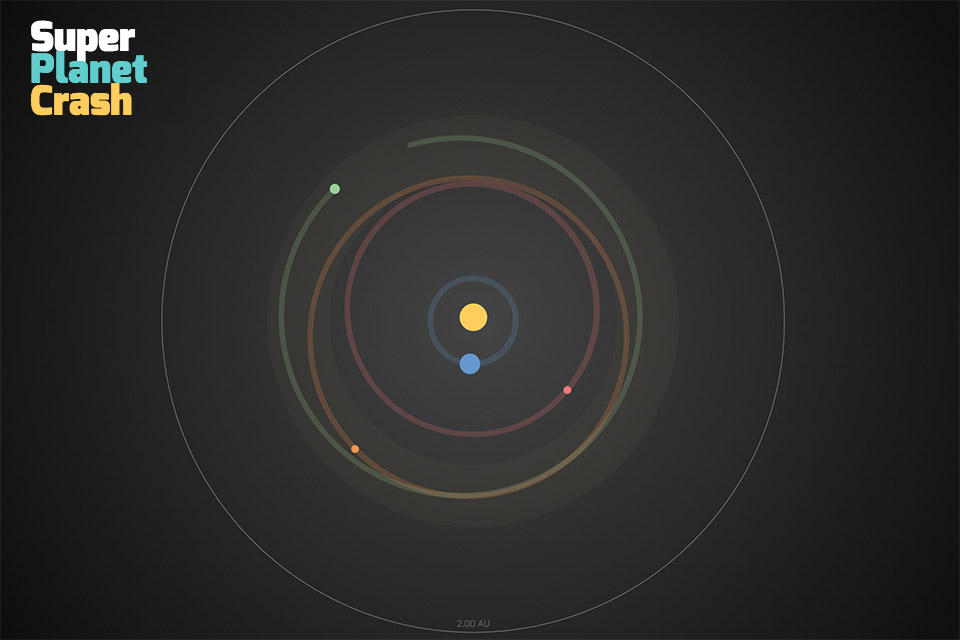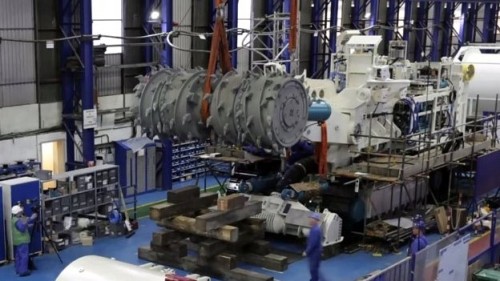The days of discovering planets by pointing a telescope at the skies are long gone. If you are interested in discovery you can join the Galaxy Zoo project.
The Galaxy Zoo project has been running for several years, and involves hundreds of thousands of people. One of the problems for scientists today is the analysis of the enormous amounts of scientific data generated. This example is that of The Hubble telescope. It captures such a large amount of images that they risk never being studied, but one way of getting round this problem is to invite non scientists to view the pictures online and classify what they see. The tutorial on their website is simple to follow and in a few minutes you are away and participating in scientific discovery.
There is always the possibility of finding something new too, as in the example of the dutch primary school teacher Hanny Van Arkel who now has an object known as “Hanny’s Voorwerp” named after her, an object that would probably never have been noted had it not been for Ms Arkel’s lay interest in star gazing.
When looking for planets and other objects scientists rely on mathematics to determine where they may be located. Incredibly enough they have been doing it for many years too, and Neptune was in fact discovered after its position was mathematically predicted.
The planet Neptune was mathematically predicted by Urbain Le Verrier, with telescopic observations confirming the existence of a major planet made on the night of September 23–24, 1846, working from Le Verrier’s calculations. It was a sensational moment of 19th century science and dramatic confirmation of Newtonian gravitational theory.
By 1846 the planet Uranus had completed nearly one full orbit since its discovery by William Herschel in 1781, and astronomers had detected a series of irregularities in its path which could not be entirely explained by Newton’s law of gravitation. These irregularities could, however, be resolved if the gravity of a farther, unknown planet were disturbing its path around the Sun.
So nowadays there is an algorithm that helps us of course, and an educational game, and you can play with it if you like. It is fantastically titled Super planet crash. The site that hosts this game is a portal to an entire series of worlds. Planet exploration worlds.
But back to the game. Using Newton’s laws of gravity the game allows you to place planets in orbit around a sun. Each planet has its correct gravitational pull (they are different sizes of course) and this pull effects the orbits of the other planets. The objective is to build a solar system that functions for 500 years without the planets crashing into each other or falling out of orbit.
Once you get involved in putting large planets into orbit the game gets quite difficult. It’s fun for kids and adults and educational, and might lead you into becoming a discoverer yourself.


